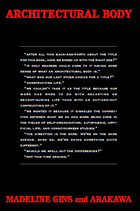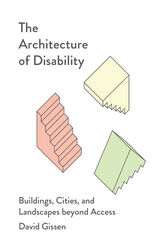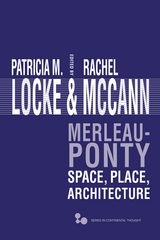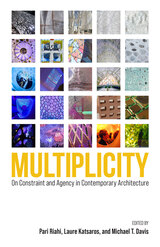The Architecture of Good Behavior: Psychology and Modern Institutional Design in Postwar America
University of Pittsburgh Press, 2020
eISBN: 978-0-8229-8703-1 | Cloth: 978-0-8229-4573-4
Library of Congress Classification NA2540.K5156 2020
Dewey Decimal Classification 724.6
eISBN: 978-0-8229-8703-1 | Cloth: 978-0-8229-4573-4
Library of Congress Classification NA2540.K5156 2020
Dewey Decimal Classification 724.6
ABOUT THIS BOOK | AUTHOR BIOGRAPHY | REVIEWS | TOC | REQUEST ACCESSIBLE FILE
ABOUT THIS BOOK
Inspired by the rise of environmental psychology and increasing support for behavioral research after the Second World War, new initiatives at the federal, state, and local levels looked to influence the human psyche through form, or elicit desired behaviors with environmental incentives, implementing what Joy Knoblauch calls “psychological functionalism.” Recruited by federal construction and research programs for institutional reform and expansion—which included hospitals, mental health centers, prisons, and public housing—architects theorized new ways to control behavior and make it more functional by exercising soft power, or power through persuasion, with their designs.
In the 1960s –1970s era of anti-institutional sentiment, they hoped to offer an enlightened, palatable, more humane solution to larger social problems related to health, mental health, justice, and security of the population by applying psychological expertise to institutional design. In turn, Knoblauch argues, architects gained new roles as researchers, organizers, and writers while theories of confinement, territory, and surveillance proliferated. The Architecture of Good Behavior explores psychological functionalism as a political tool and the architectural projects funded by a postwar nation in its efforts to govern, exert control over, and ultimately pacify its patients, prisoners, and residents.
In the 1960s –1970s era of anti-institutional sentiment, they hoped to offer an enlightened, palatable, more humane solution to larger social problems related to health, mental health, justice, and security of the population by applying psychological expertise to institutional design. In turn, Knoblauch argues, architects gained new roles as researchers, organizers, and writers while theories of confinement, territory, and surveillance proliferated. The Architecture of Good Behavior explores psychological functionalism as a political tool and the architectural projects funded by a postwar nation in its efforts to govern, exert control over, and ultimately pacify its patients, prisoners, and residents.
See other books on: Architecture | Contemporary (1945-) | Postwar America | Psychological aspects | Psychology
See other titles from University of Pittsburgh Press





























